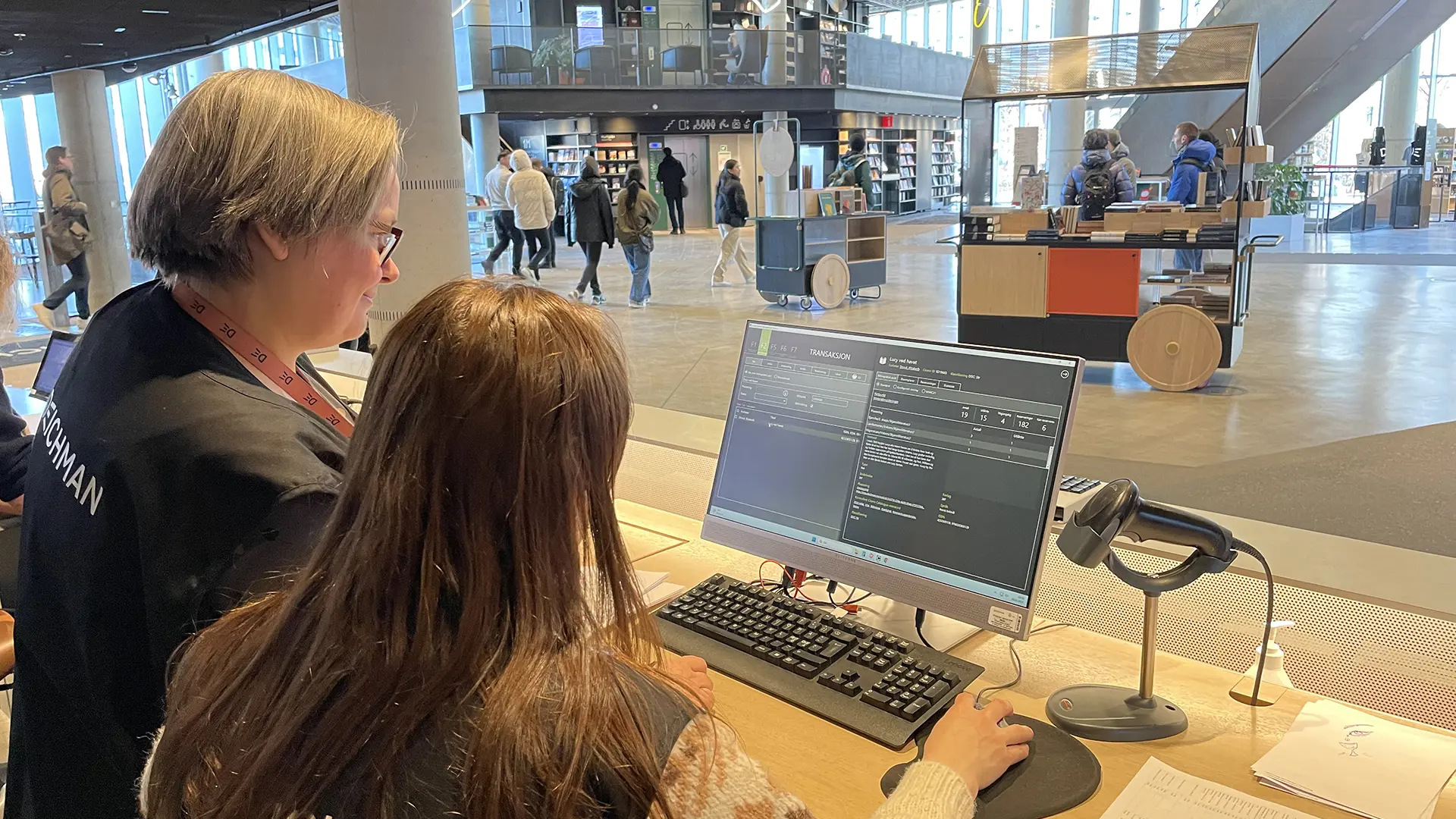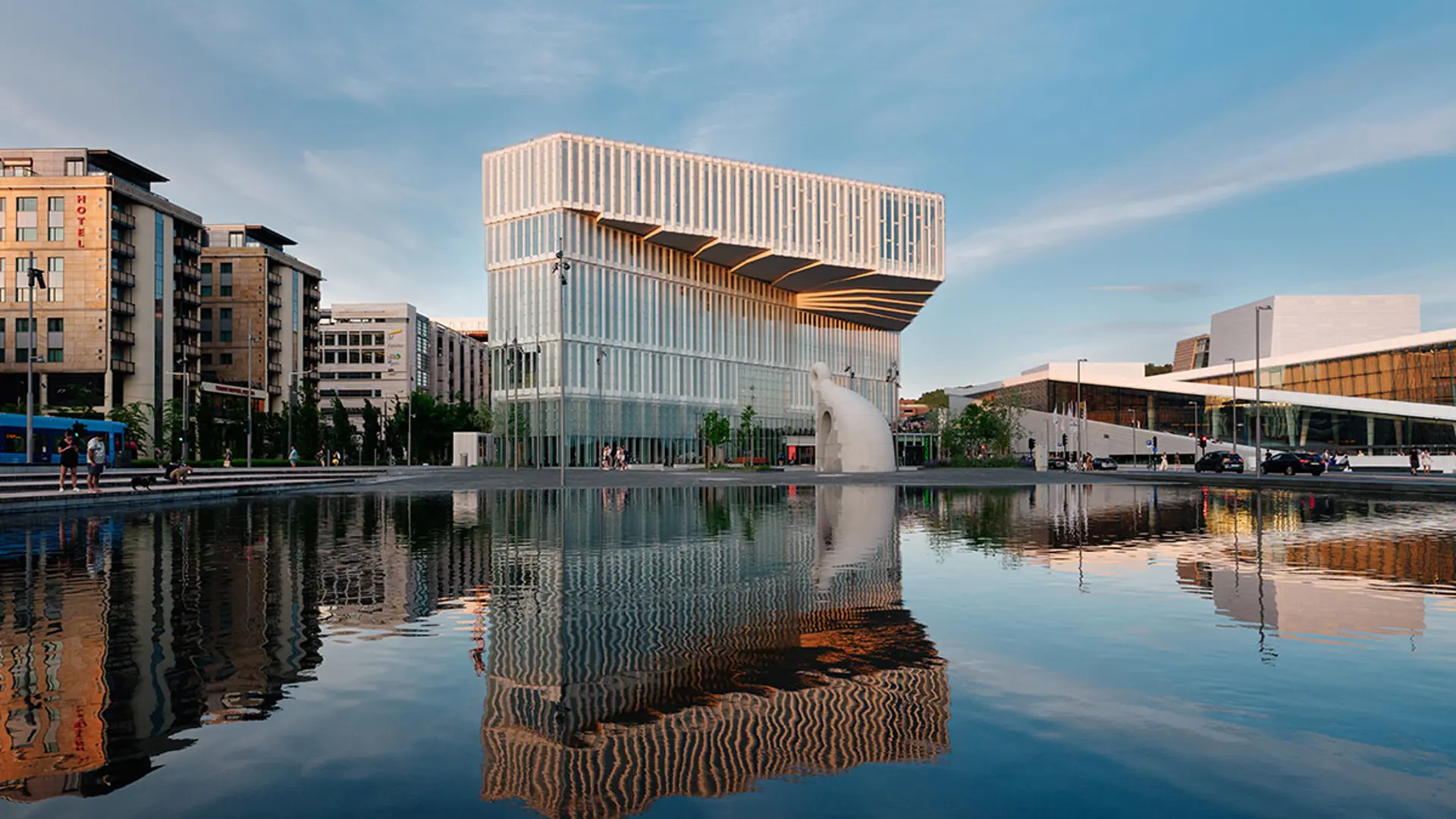Four remarkable libraries nominated for the Public Library of the Year 2023 award
Systematic and the International Federation of Library Associations and Institutions (IFLA) are once again awarding the Public Library of the Year. This year, four remarkable libraries have been nominated, representing the very best from all over the world.
This year, 16 libraries from 11 countries have sought nomination for the Public Library of the Year 2023 award, which recognizes new public libraries offering a winning combination of functional architecture, creative IT solutions, and strengthening local culture.
To select the Public Library of the Year 2023, jury members of the International Federation of Library Associations and Institutions (IFLA) have narrowed the field to four nominees: Public Library Janez Vajkard Valvasor in Slovenia, Gabriel García Márquez Library in Spain, City of Parramatta Library in Australia, and Shanghai Library East in China.
The nominated libraries excel, among other things, in how their architecture interacts with the surroundings and how they offer distinct spaces for cultural preservation, learning, and social activities.
Jakob Lærkes, chairman of the jury panel and head of libraries in the Municipality of Gladsaxe, Denmark, is excited about the diversity in this year's nominees and how they all share a distinct focus:
Qualifying criteria for the award and further information
To qualify for the award, libraries must be newly built or housed in buildings which have not previously been used as a library. The Public Library of the Year award comes with a cash prize of USD 5,000, which is sponsored by Systematic A/S. The award will be presented at the IFLA's world congress, held this year in Rotterdam, The Netherlands, on 21-25 August.
The nominated Libraries
Public Library Janez Vajkard Valvasor Krško, Slovenia
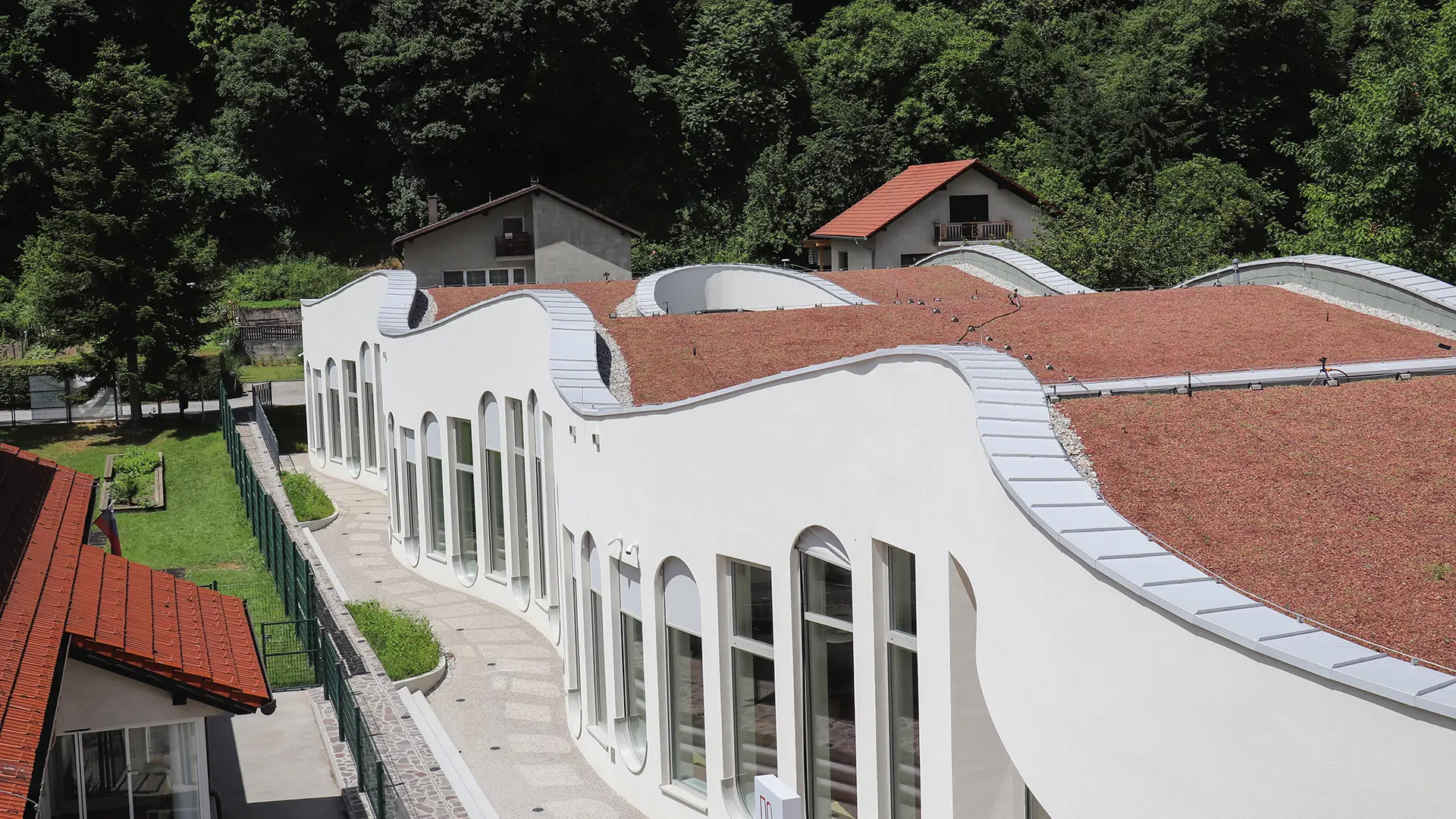
Public Library Janez Vajkard Valvasor Krško is a new and modern library that interacts beautifully with its surroundings, both in the colour tones of the building, but also in the wavelike roof that corresponds with the nearby river. The architectural design of the building reflects the requirements of cultural heritage protection and interaction with the environment, as well as the specific cultural and social milieu to which it belongs.
The interior features an atrium that allows sunlight to touch the centre of the library and establishes a memory connection with the historical atrium of the nearby Monastery, which used to house the old library. The new library has been built with an impressive amount of citizen involvement. Even creating a “move the library” event before the library opened to the public, where the local community participated in moving the library books from hand to hand from the old library to the new. The flexible spaces and social areas in the library serve as a “living room” to the small population of 10,000 citizens of Krško, with open access for all and a place for weaving ties in the local community.
Architects: Vera Klepej Turnšek and Tadej Dobrajc
Gabriel García Márquez Library, Spain
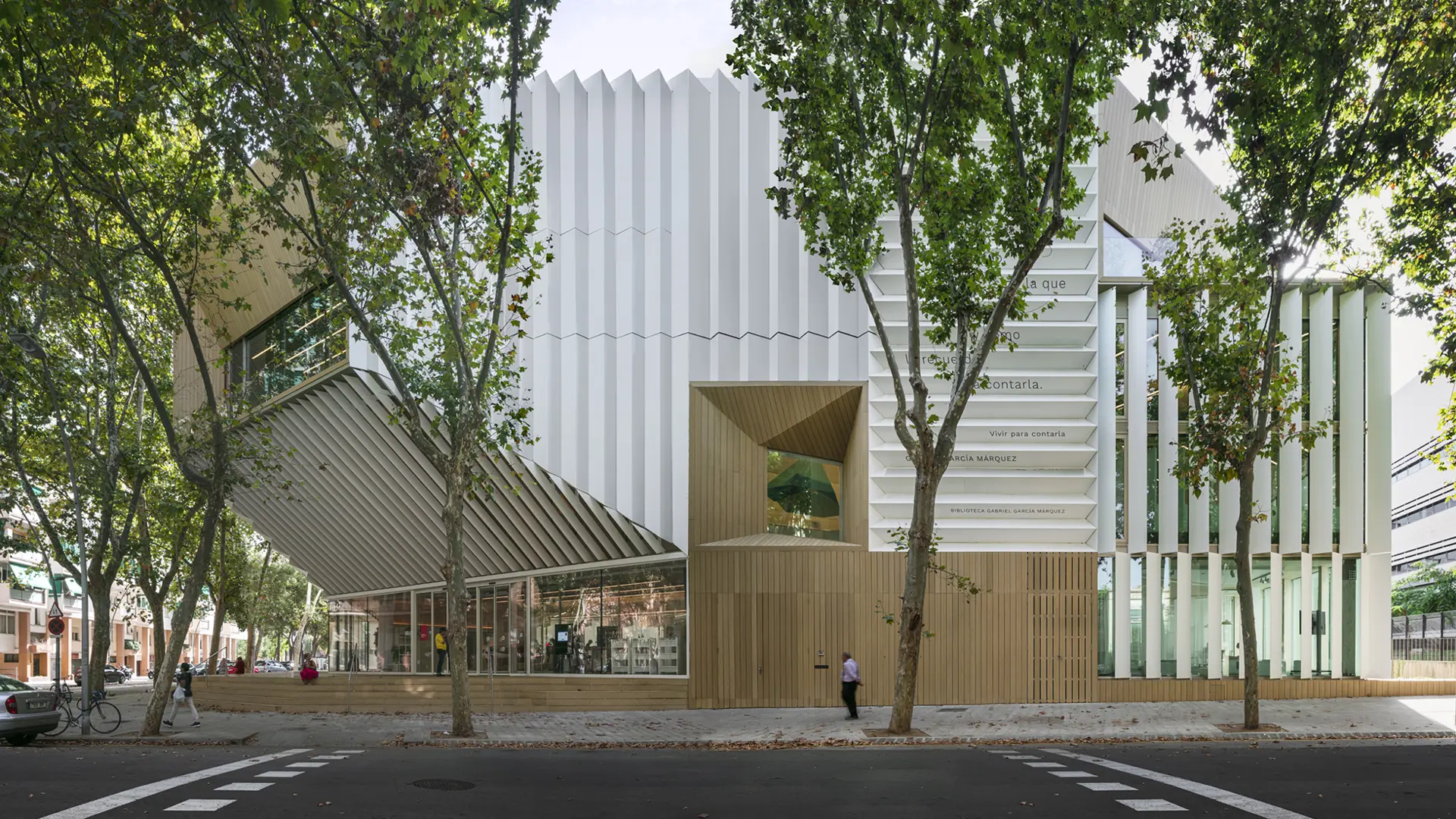
Barcelona honours the Colombian Nobel writer Gabriel Garcia Márquez who lived in the city from 1967-75, with a new iconic district library specializing in Latin American literature. Biblioteca Gabriel García Márquez is a beautiful 4,000 square metre timber-framed building. The library is located in the working-class district of Sant Martí in Barcelona. It has been awarded a gold LEED certificate, the highest rating for sustainability.
The library is presented as a magical sculptural volume inspired by stacked blocks of books set on a square, slightly elevated above the street. Its large openings and voids create a dialogue with its surroundings. The access arcade extends the pedestrian and cultural axis of the neighbourhood and connects with the interior. The library is conceived as an ascending route around a triangular central courtyard that brings natural light into the heart of the building. A set of levels encourages the visitors to navigate the different opportunities until they reach the ample space located on the top floor. The library features an auditorium, a cooking space, and a radio studio, “Radio Maconda”, a station managed by the Barcelona Libraries network.
Architects: Suma Arquitectura
City of Parramatta Library, Australia
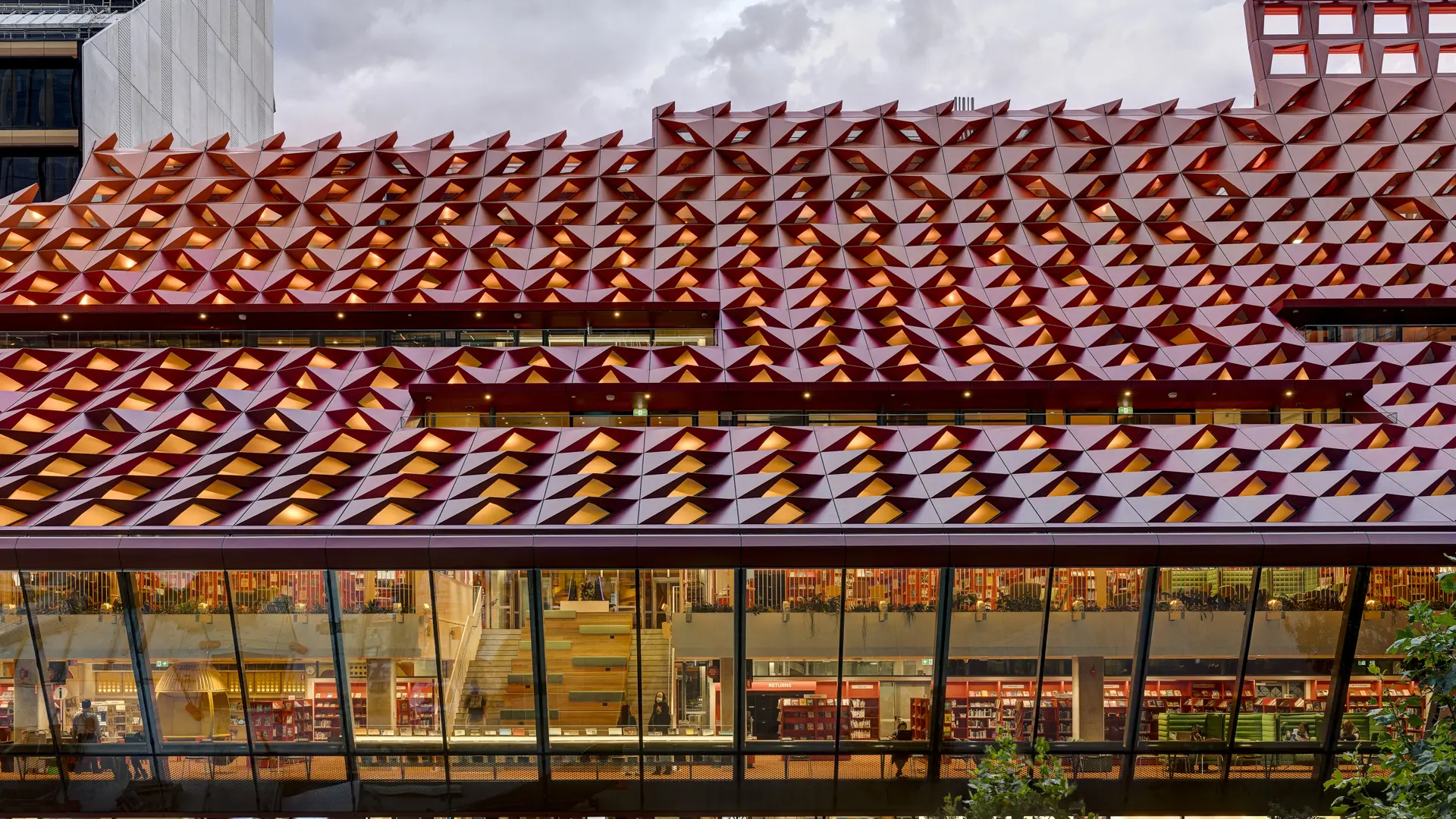
Among the skyscrapers of Sydney suburb Parramatta, a new vibrant library is carving out its own space. The new library stands out as an iconic building with a spectacular red roof. The library is designed with sustainability, accessibility, and inclusiveness at its core. The result is a joyful building with a playful shape. Its triangular shape is sculpted by the course of the winter sun, allowing the sun to shine on the public square all year around.
The concept of complementary colour language used to develop the building’s exterior is continued to the interior and is inspired by Australian flora. The ground floor is designed as an extension of the square, an urban living room, and a flexible place to meet, exhibit, and explore. It presents itself as a red cocoon with pops of vibrant green furniture scattered throughout its interior. This large open foyer connects directly to the back of the old Town Hall. Parramatta Library is a modern cultural hub and destination for the community to connect through business and creative meetups in the lounge areas and participate and collaborate through creative and cultural spaces. Visitors can also visit an Aboriginal Keeping Place focused on the care, custodianship and sharing of local First Nations cultural material and knowledge.
Architects: French firm Manuelle Gautrand Architecture in conjunction with Australian firms DesignInc and Lacoste + Stevenson
Shanghai Library East, China

Shanghai Library East is located in the Pudong district of Shanghai. Its impressive 115,000 square metres make it the largest library in the country. The monumental shape is a reference to a unique type of stone from the region called Taihu stone. The exterior of the seven-story library has a reference to literature. Fifteen photographs of marble swirls have been "printed" onto the facade's glass panels in homage to China's long history of printed literature.
The shapeshifting interiors are reflected on the outside, with the windows organized in horizontal bands of different levels of transparency. Two pavilions support the main structure of the building. Seen from afar, this makes the library's main volume appear to "float", as the pavilions at the bottom are covered by the trees in the adjacent Century Park. Visitors enter via a large atrium dominated by warm tones of materials such as bamboo, oak, and terrazzo. The interiors are spacious and flexible, with a logical organization of the furniture. An excellent visual relationship exists between the different spaces through the sizeable, recessed hole that crosses the centre of the building. The impressive library has flexible, modular, open spaces that include a theatre, an exhibition space, and landscaped reading rooms.
Architects: Schmidt Hammer Lassen Architects






